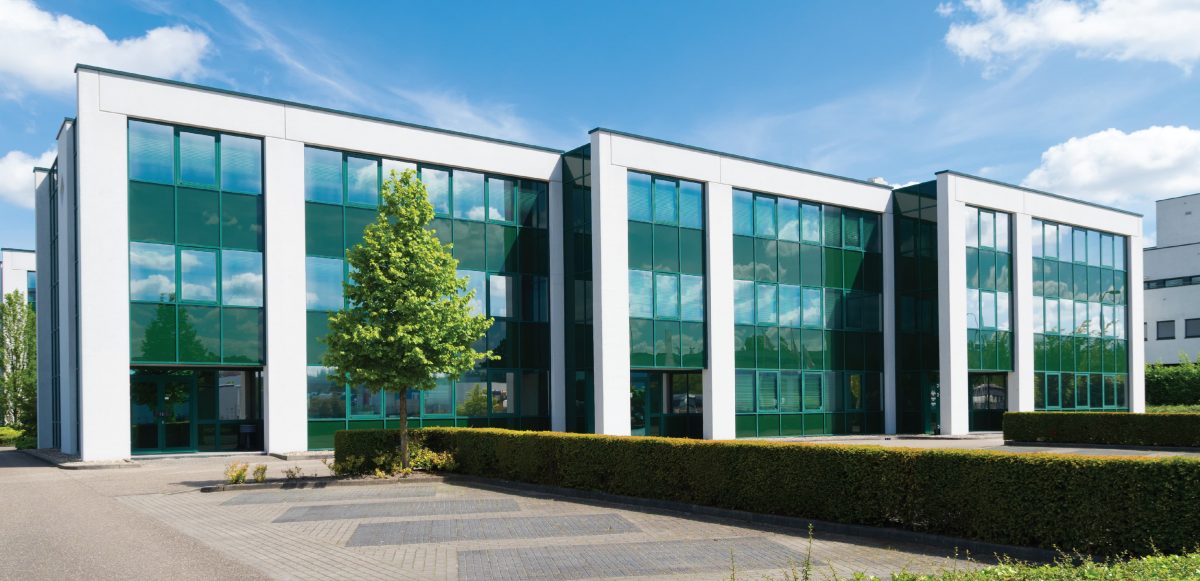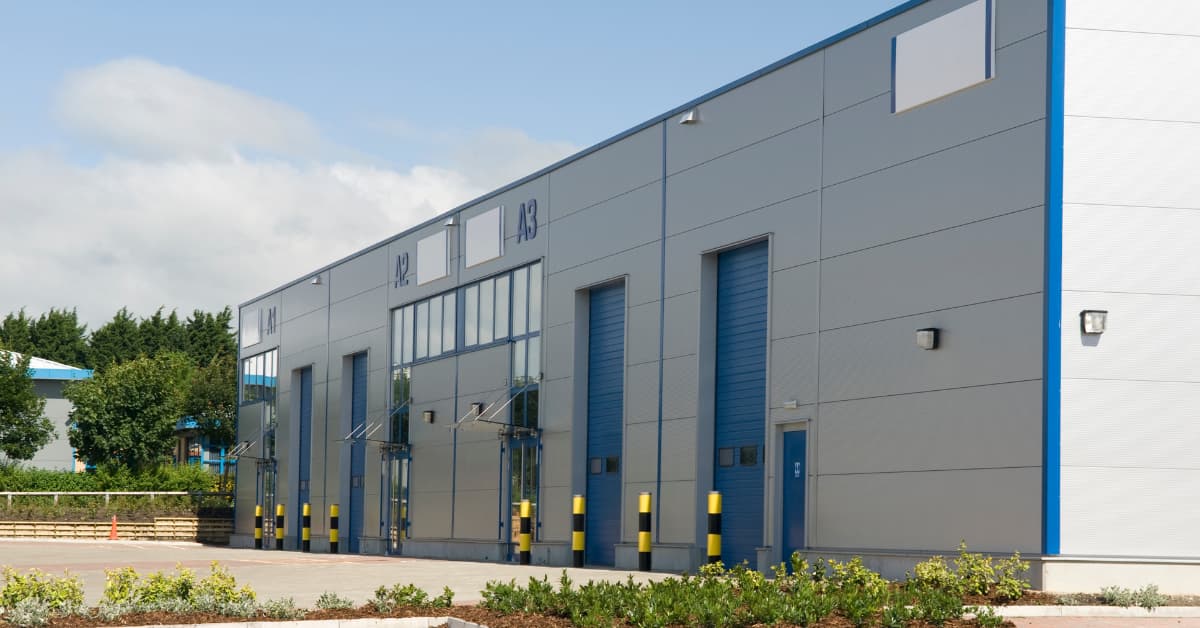While working as a commercial real estate broker in Texas, I had the pleasure of working with many Mexican clients. They were some of the nicest, most honorable people I’ve ever done business with—and many remain close friends today.
One client, a prominent developer from Monterrey, once shared a negotiation tactic with me while we were working on a deal. It worked brilliantly then, and I’ve since used this strategy many times to save clients (and myself) hundreds of thousands of dollars. To this day, I’ve never seen it written in a book or heard it from anyone else. In his honor, I call it The Monterrey Maneuver.
The Traditional Approach
Let’s say a property is listed at $12.5M.
You offer $9M.
The seller counters at $11.5M.
You counter with your “final offer” of $10M.
The seller counters again at $11M.
You finally suggest splitting the difference at $10.5M, and the deal closes.
That’s the traditional dance.
The Monterrey Maneuver Version
Same property. Asking: $12.5M
You offer: $9M
Seller counters: $11.5M
You really want to close at $10M, but instead of continuing the back-and-forth…
You call your agent a few days later and have them speak with the seller’s agent. Here’s the script:
“My client is very firm at $9M and has said he’s not increasing his offer. But, if your client is open to accepting $10M, I’ll do everything I can to convince my client to move. I just don’t want to push him up to $10M if he’s going to be countered again—that will frustrate him, and he may walk away. So please check quietly if $10M is acceptable. If it is, I’ll try to move my client.”
Most seller’s agents will come back with:
“Okay. My client said he’d take $10M if you can get your buyer there.”
Now your agent says:
“Great, thanks. Give me a day or two—my client’s still tough on this, but I’ll try.”
You wait a day or so, then “reluctantly” increase your offer to $10M, which is accepted immediately.
Result: You got the property for $500K less than the likely outcome with traditional negotiation.
🎭 Why It Works
- It positions you as immovable, creating perceived risk of deal collapse.
- Your agent becomes the “hero” who saves the deal.
- The seller’s agent becomes a willing partner, helping you land the price you want.
- The delay reinforces how hard it was to raise your price.
This strategy only works when you’re the sole buyer. Don’t try it in a bidding war. It’s most effective for overpriced properties sitting on the market for a while.
At America Mortgages, we specialize in helping foreign nationals invest in U.S. commercial real estate. We don’t just understand financing—we understand the strategy behind the deal. Many of us are investors and developers too.
So, whether you’re structuring your next acquisition or thinking through how to negotiate more effectively, let’s talk.
Lance Langenhoven
Head of Commercial Lending
📧 [email protected]










